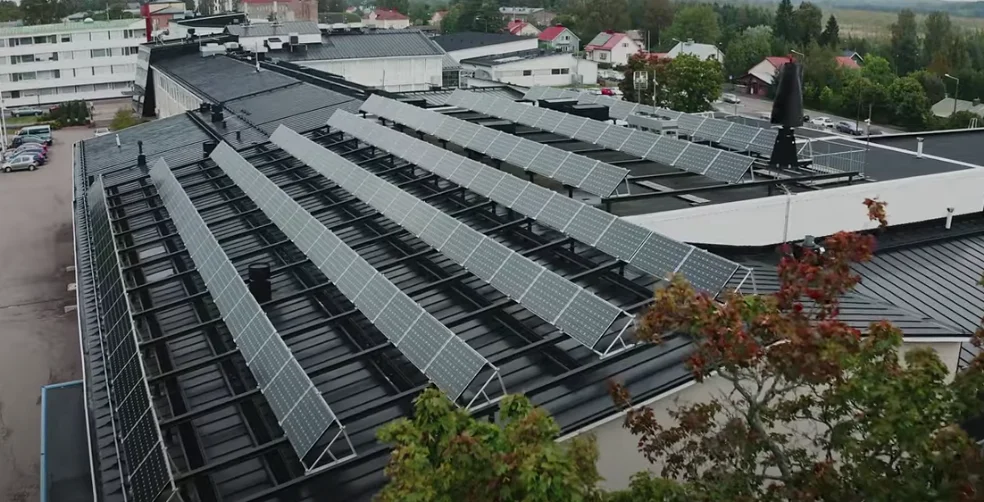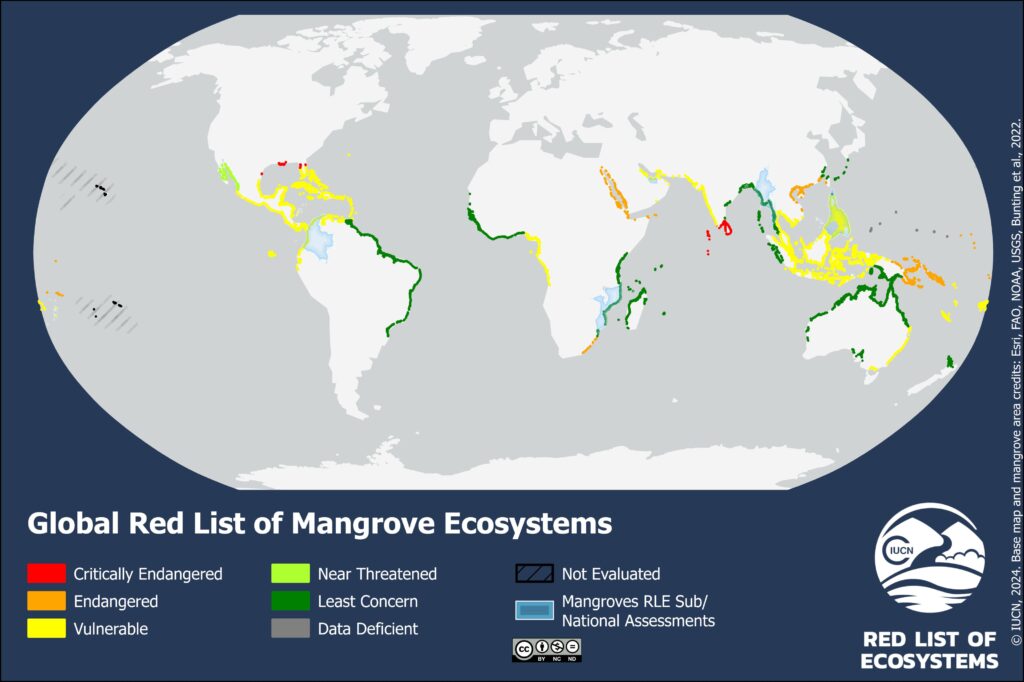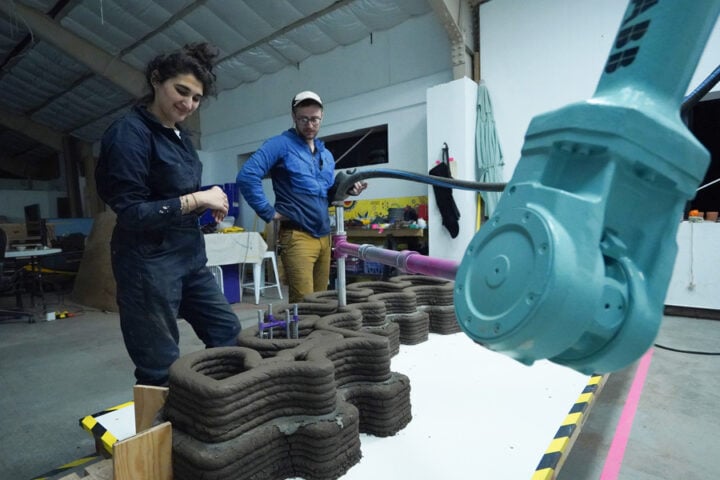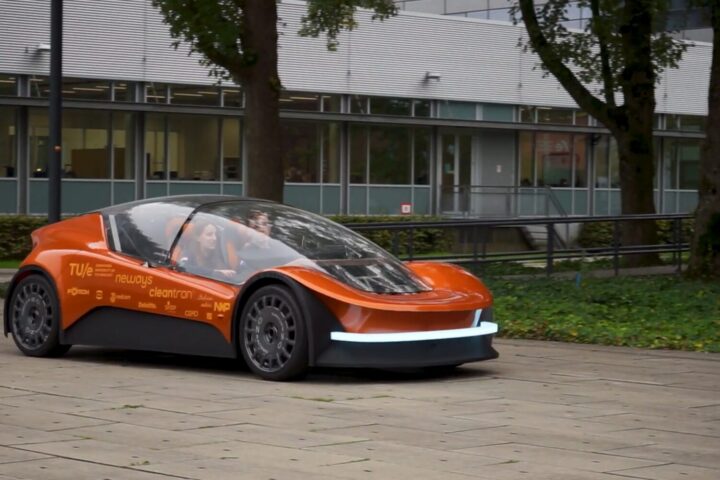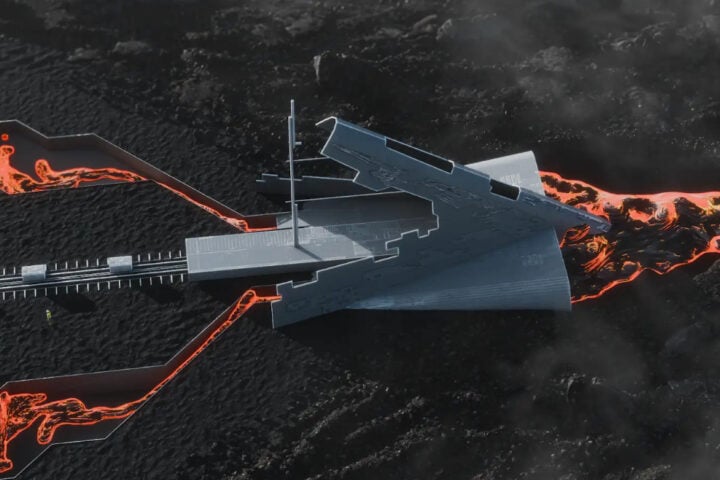Google has revealed plans to collaborate with a local Finnish energy company to utilize waste heat from its data center for regional heating. Previously, Google had been reusing this waste heat internally, but with the expansion of the data center, it will now be provided externally, covering an estimated 80% of the region’s annual heating demand. The project is being developed at the Hamina data center, located about 150 km east of Finland’s capital, Helsinki.
However, due to the need to enhance AI computing power, Google will invest 1 billion euros (approximately 170 billion yen) to expand the scale of the Hamina data center. In cooperation with the energy company Haminan Energia, the increased waste heat will be redirected to heat homes, schools, and public facilities near the data center. The expansion of the data center is expected to create 100 full-time jobs and 400 subcontractor jobs in the city of Hamina, totaling 500 new jobs.
Ilari Soosalu, Mayor of Hamina, commented, “Google and the city of Hamina have a long and flourishing history together. Google is an excellent example of a company with strong sustainable future orientation. It feels good to be the hometown of Google in Finland..”
The heat will be provided free of charge, covering 80% of the annual heat demand. It is expected to be available for use as heating starting in the latter half of 2025.
Similar Post
Project to Cover 80% of Heat Demand for Finnish Neighbourhoods:
Located on the shores of the Gulf of Finland, Google’s Hamina data center is set to become both a digital information hub and a sustainable heat source for the district. In partnership with municipal energy provider Haminan Energia, Google is launching its first external heat recovery project. This initiative aims to reduce the company’s environmental footprint while simultaneously heating homes and businesses in the historic port city.
The project will capture heat generated by Google’s Hamina data center, which already operates with 97% carbon-free energy. This translates to recovered heat that is also 97% carbon-free. According to Haminan Energia, it will represent 80% of the annual heat demand for the local urban heating network. The heat generated by the data center will be redirected and provided free of charge to the urban heating network in nearby Hamina. This network covers homes, schools, and local public service buildings.
How Does It Work?:
Previously, heat from the Hamina data center was captured and used to heat on-site offices and buildings. Starting next year, the warm temperature emanating from the data center will be recovered to optimize the energy efficiency of the urban heating network and reduce its carbon emissions footprint.
Promising Carbon-Free Future:
Google aims to achieve net-zero emissions across all its operations and value chain by 2030. This goal is supported by an ambitious clean energy target: to run all its offices and data centers on carbon-free energy 24/7.
Related article: Google collaborates with startups on artificial intelligence solutions for sustainability projects. This project brings Google closer to achieving this goal while also supporting Finland’s longstanding commitment to environmental sustainability and technological innovation.
